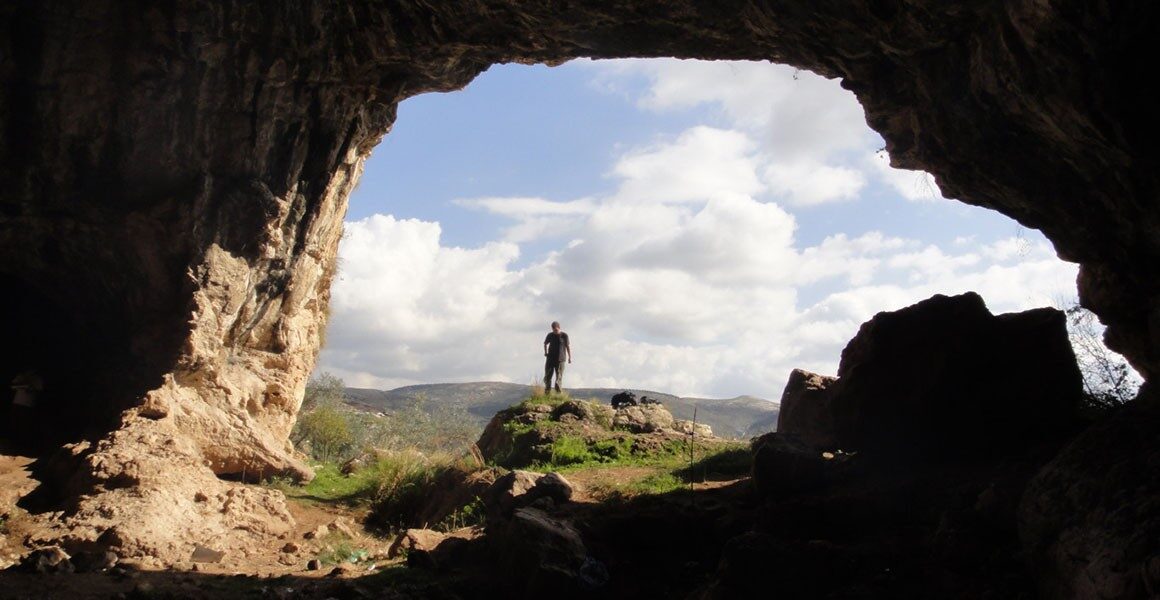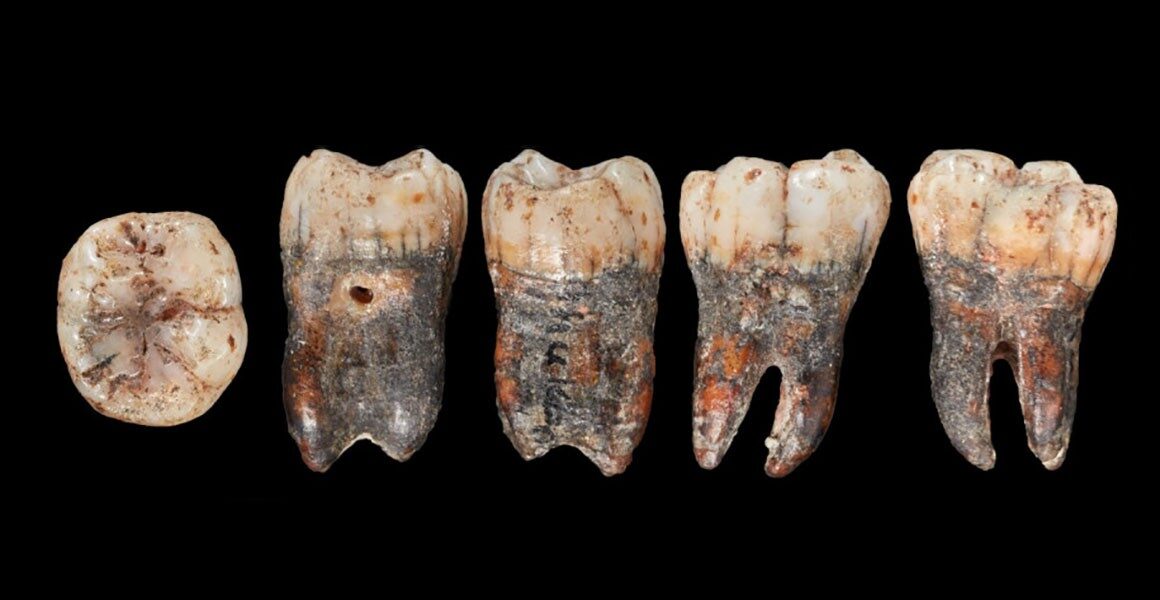New archaeological evidence from the cave, in the hills to the north of Jerusalem, also suggests for the first time that Neanderthals used a stone tool-making technology thought to have been unique to modern humans.
Comment: It may be that they learnt it from humans: Humans were in Europe earlier and had cultural interactions with Neanderthals, new fossil finds in Bulgaria reveal
Chris Stringer, a human evolution expert at the Museum, says, 'There are two fascinating things about this discovery.
'Firstly, we have speculated for a long time whether Neanderthals ever got to Africa. Shuqba is just a few hundred miles from Africa, so this finding really adds to the possibility that they did make it there.
'Secondly, the stone tools found there were thought to be the product of modern humans. However, if this tooth reflects long term occupation rather than sporadic visits, it's likely that these kinds of tools were made by Neanderthals as well. We have an association of a Neanderthal tooth with an industry considered typical of modern humans.'
There are many cave sites containing evidence of human ancestors in the Middle East. Fossils of both Homo sapiens and Neanderthals have been discovered, making this region a potential mixing ground between populations. However, the extent to which either population used unique stone tool kits is a focus of debate, with the distinct Nubian Levallois method argued to have been produced only by Homo sapiens.
In a new study, published in Scientific Reports, researchers from the Max Planck Institute for the Science of Human History teamed up with international partners to re-examine the fossil and archaeological record of Shuqba Cave.
It's the first time this human tooth from the site has been examined in detail, alongside a major study of the stone tools.
The site of Shuqba Cave was first excavated by British archaeologist Dorothy Garrod in the spring of 1928, who found stone tools and animal bones cemented in cave deposits, as well as a unique, large human molar tooth. The tooth was kept in a private collection for most of the twentieth century, but eventually made its way to the Museum, allowing researchers to take another look at it. They realised it belonged to a Neanderthal aged between seven and 12 years old.
Both Homo sapiens and Neanderthals shared the use of a wide suite of stone tool technologies. Recently Nubian Levallois technology has been argued to have been exclusively used by Homo sapiens.
This is the first time they've been found in direct association with a Neanderthal fossil, which suggests we can't make a simple link between this technology and Homo sapiens.
Dr Jimbob Blinkhorn of the Max Planck Institute for the Science of Human History and lead author of the paper, says, 'Sites with both hominin fossils directly associated with stone tool assemblages remain a rarity - the study of both is critical to evaluate hominin occupations of Shuqba Cave and its place in the landscape.'





Comment: For more on the Neanderthals, check out: The Golden Age, Psychopathy and the Sixth Extinction
See also: